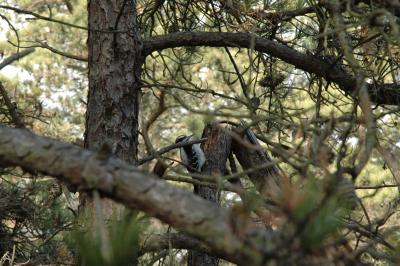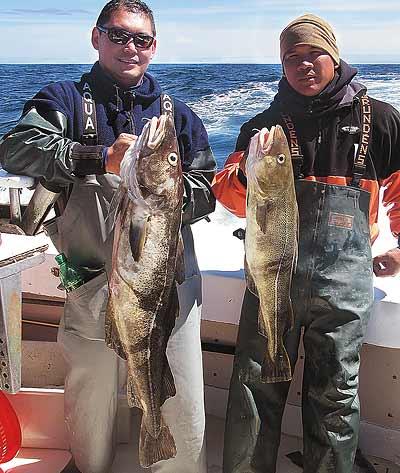Nature Notes: The Puffer’s Revenge
Nature Notes: The Puffer’s Revenge
The northern puffer, blowfish, or bayman’s bottlefish, perhaps our most fascinating local marine fish, is making a comeback after a hiatus of almost two decades. It is one of some 121 different puffer species found throughout the world’s oceans, and one that kids wading and swimming in Long Island waters learn about at a very early age.
Puffers have lost several typical fish characteristics, including the dorsal, during a long period of evolution, the same kind of evolution that produced some very odd relatives-Mola mola, or ocean sunfish, the burrfishes, and a few others.
Puffers are not strong swimmers, so to survive over the millenniums, they have developed two very successful defense mechanisms. They can puff themselves up using either air or water, whichever they happen to be in at the time, or play host to bacteria that synthesize tetrodotoxin, or TTX, a powerful neurotoxin that is accumulated in the hosts’ body organs, making them deadly poisonous when consumed whole. In Japan alone, there are about 50 reported deaths a year from eating, but fish containing the same poison are widely distributed throughout Indo-Pacific waters, where they account for much food poisoning and several fatalities.
In Wikipedia it is related that in 1784 Capt. James Cook sailing the South Pacific experienced a tetradotoxin poisoning incident. Several sailors got sick from eating puffer fish while pigs kept on board for food succumbed after eating the carcasses.
Several other organisms including octopods, marine worms, starfish, and crabs can host similar bacterial, or Vibrio species, to make themselves poisonous to predators as well, while the rough-skinned newt of Oregon can do the same. About 40 years ago there was a news report about someone unsuspectingly scooping up one of these newts in the genus Taricha in a stream in the dark while gathering water to make coffee. The coffee was made, the coffee was drunk, the coffee drinker died.
Recently, a second toxin, Saxitoxin, has been implicated in fish poisonings in the Atlantic tropics. It is the same poison produced by bacteria accumulated in shellfish that causes paralytic shellfish toxicosis in fish, marine mammals, and humans. While the poison TTX has been found in rare cases in the organs of mid and upper-Atlantic northern puffers and has been used experimentally to poison lab mice, the flesh, mostly muscle, of our local puffers has always been found safe to eat.
Apparently, puffing up is enough to ward off most predators and it’s one of the two mechanisms that can save the fish’s life. Let’s say that a striped bass or large bluefish cruises into shallow water during the summertime and zeroes in on a 10-inch blowfish. Before it is able to get a tooth hold, the blowfish has swollen to twice the size of the predator fish’s mouth gape. It’s more than a challenge for the pursuer, and most frequently the prey escapes. Try popping a balloon floating in the air using only your teeth sometime and you will understand just how effective such an escape act can be.
Blowfish have very powerful jaws and strong teeth for cutting and crushing. They use them successfully on shellfish, snails, crabs, and other slow-moving hard-cased critters found on the seabed. Those little pearl-colored sand crabs in the genus Emerita that appear in the wave-wash sands along most of our beaches are one of their favorite morsels. There is a second puffer in our waters, but deeper, which I have never seen. It’s the smooth puffer and the new National Audubon Society “Field Guide to Fishes” says it can reach three feet in length. I imagine that such a large puffer could swell to the size of a soccer ball if provoked.
When I was a child growing up at the edge of the Peconics in Mattituck on the North Fork, we used to catch blowfish with our hands after herding them into the shallows and causing them to blow up during breaks in clamming. We would rub their prickly bellies and listen to the base notes thusly produced. We also used to attract them to our feet by wiggling our toes and then put down a hook baited with a piece of balloon rubber to catch them. I hear similar stories from people who grew up on the South Fork. It just might be that blowfish are the most ubiquitously known fish in town. It’s music to the ears to hear that they are back!


